Testimonials
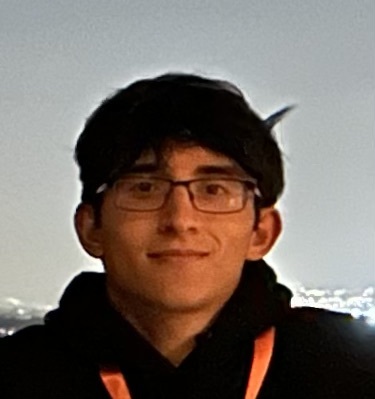
With exceptional peers and knowledgeable instructors, Boyce-Astro provides a great introduction to the world of astronomy and academia. In my experience, I published three papers in the Journal of Double Star Observations, one of which resulted from speckle observations at the Mount Wilson Observatory. Additionally, with the support of Boyce-Astro, I undertook an independent project to develop the first tool to classify astrometric binaries with machine learning methods. This work was published in the Astrophysical Journal (ApJ). From research to the opportunity to mentor other students, this program gives a plethora of opportunities that are difficult to find anywhere else. I am fortunate to have been involved here at Boyce-Astro, which helped me discover that I want to pursue physics in college.
Aside from my personal endeavors, I have continued to observe exoplanet transits after the Exoplorer EW program. This has led to participation in observation campaigns through the Exoplanet Watch, where I have worked with amateur and professional astronomers from all over the world. I am now looking ahead to the next chapter where I will be studying physics at Caltech and continuing my involvement here at Boyce-Astro.
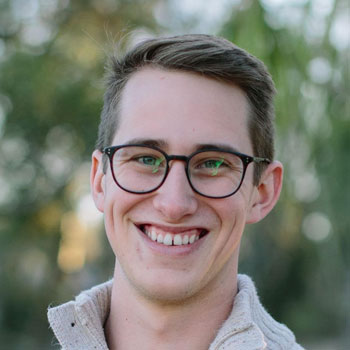
Joel Earwicker: Experiences with BRIEF/Boyce-Astro created many opportunities.
I started with BRIEF 2 years ago with the DoubleSTARS research seminar. I knew I would be applying to transfer to a 4-year university and wanted to have research experience before applying to strengthen my application and better prepare myself for future research projects. The research I conducted with the guidance of BRIEF was presented at the winter 2020 American Astronomical Society meeting, which was my first experience presenting at a conference. The following summer I enrolled in the Intro to Photometry and Exoplanets course, where I was exposed to the techniques used in observing transiting exoplanets and the associated data reduction. At the end of this course, I was introduced to the Exoplanet Watch project at JPL, and was lucky enough to be able to participate. These experiences peaked my interest, and BRIEF funded my participation in the Exoplanet Observing course hosted by the AAVSO, in which I gained more detailed knowledge surrounding the science of exoplanet detection and characterization.
Now in 2021 I’m working on my bachelor’s degree and doing research:
With the help of the research experience provided by BRIEF, I was admitted in to all of my top choice universities and research programs. I have since transferred to UC Santa Cruz where I am earning my degree in astrophysics, and am involved in research as part of the LAMAT program at UCSC where I work on new approaches to computationally modeling the interior structure of the gas giant planets. In addition, I have continued working with BRIEF on novel exoplanet research which we hope to get published in the near future. I am currently working on my certification for the TESS follow-up observation program
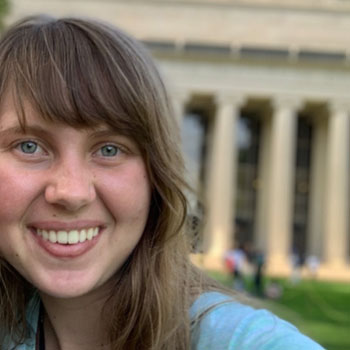
Skylar Larsen: Let me tell you about my experience with BRIEF / Boyce-Astro.
Overall, the program fostered my interest in observational astronomy by providing hands-on research experience, and introduced me to the wider scientific process by accurately simulating scientific writing, publishing, and peer-review procedures. I cannot recommend this program enough— I consider my involvement in Boyce-Astro the beginning of my career!
Here is what I have been doing since high school and where I plan to go.
Since my launch with Boyce-Astro, I am currently an undergraduate at Massachusetts Institute of Technology, majoring in Earth, Atmospheric and Planetary Science. As an MIT Student, I teach office hours for Calculus courses, and participate in multiple Undergraduate Research Opportunities within my department. This past summer, I completed an internship at NASA’s Lunar and Planetary Institute regarding the surface composition of near-Earth asteroids. I plan to present my findings at multiple upcoming conferences, including the Lunar and Planetary Science Conference (LPSC).
I am an ambassador for the American Association of Variable Star Observers (AAVSO), which involves planning and participating in various outreach programs for the organization. After earning my bachelors in 2023, I plan to attend graduate school and study for a PhD in Planetary Science or Astrobiology. I consider my ongoing relationship with Boyce-Astro to be one of my most honored privileges to date.
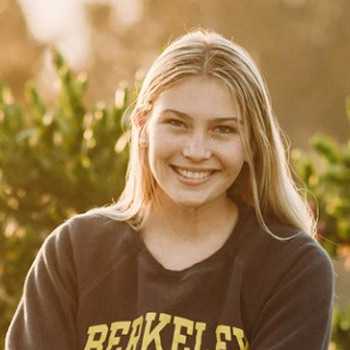
Katherine Olsen: With BRIEF / Boyce-Astro I gained research and project experience.
My experience with Boyce-Astro has primarily been as a student, researching a binary star system and writing a scientific paper on conclusions drawn with my team, and learning about the peer review process of publication through this first-hand experience. I have also revised BRIEF curriculums for efficiency and presentation while transitioning them to an online learning management system. I also worked on increasing accessibility to BRIEF’s remote BARO observatory through mathematical calibrations, creating an exposure-time calculator, and creating a website for students to book time and operate the BARO telescope and cameras online.
Here is what I’m doing now:
I am now an undergraduate student at UC Berkeley. I hope to continue researching astronomical phenomena, but now with an added understanding of the physics behind their behaviors.
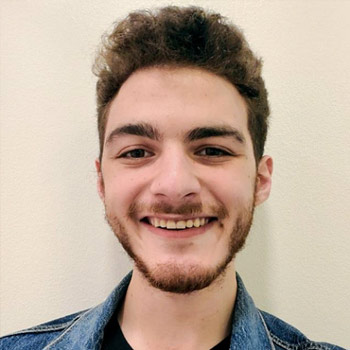
Faisal Al-Zaben: BRIEF / Boyce-Astro introduced me to a career in science.
My experience with BRIEF allowed me to realize early on that I wanted to pursue a Ph.D. When I graduated from the Army and Navy Academy, I went to UC Berkeley to study genetics. I fell in love with evolution and joined a lab (the Brem lab) studying complex trait differences between species. Eventually, I led my project, which revealed a new view on the evolution of complex traits. I wrote an honors thesis and was awarded the Spencer W. Brown award in genetics, given to the UC Berkeley seniors who have most distinguished themselves in genetics research. As in BRIEF, I had many opportunities to present my work and discuss science. After a year working in the Brem lab as a lab manager post-graduation, I applied to Ph.D. programs across the country. Eventually, I chose Harvard to pursue my graduate studies in evolutionary genetics. My goal is to further the field of evolutionary genetics by getting at the yet unknown rules of evolution.
If lenses are a metaphor for my obsession with science, I have had an unparalleled opportunity to zoom both in and out – on distant galaxies and infinitesimal genetic markers and everything in between. I hope that I can lead my own lab and educate the next generation of scientists through training, as my mentors at ANA and Boyce-Astro did for me one day.
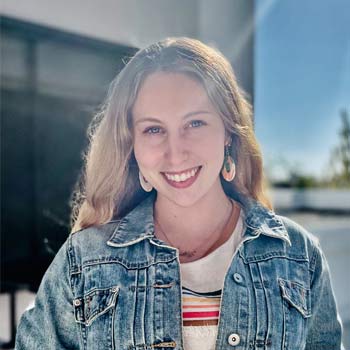
Our paper, in particular, hypothesized that a double star system likely didn’t exist due to an error by an observer in 1861. The historical element of that paper was what drew me to the topic, and after the paper was published, I realized the importance of including history in scientific research. Since exploring history of science classes and writing several research papers on the history of astronomy in college, I knew I would include a historical element in my educational experience. I decided to major in Science, Technology and Society with an emphasis on history and math, and I attribute that in many ways to our paper from BRIEF.
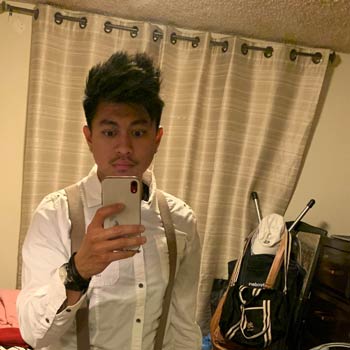
I took an exoplanet course with the AAVSO under Boyce-Astro. I finished the course and got my certification. I used what I learned in that course into doing a Circumbinary Planet (CBP) project in 2020 where we supplied data for SDSU astronomy department. I learned how to make light curves, request observations on LCO, and do AIJ analysis. During that project, I also became one of BRIEF’s telescope operators. I was trained to use BRIEF’s telescope, BARO, for our CBP project. I also got to use BARO for my other research projects at SDSU. I worked on a Cataclysmic Variable (CV) project with one of my astronomy professors in my junior year and I used BARO, as well as LCO, to get my data. In that project, we determined a change in the period of a CV system. We sent our paper to RNAAS and got it published in September 2021.
I’m a senior undergraduate studying astronomy at San Diego State University (SDSU). I’m planning to get my Master’s after I graduate. With my experiences with Boyce-Astro, I was able to get into astronomy research at SDSU, ranging from double stars to exoplanets, circumbinary planets, cataclysmic variables, and nuclear physics. Participating in
Boyce-Astro programs might be the smartest decision I made in my undergraduate student career which opened a lot of doors for me. I encourage others to do the same and take that first step, especially if you are a STEM student. There are a lot of outreach programs like Boyce-Astro out there waiting for you.
